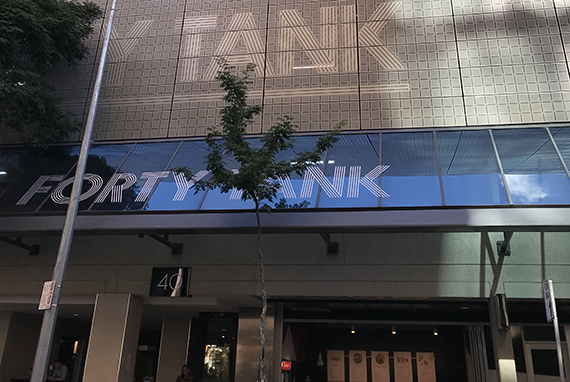Power Factor is a measure of how effectively incoming power is used in your electrical system and is defined as the ratio of Real (working) power to Apparent (total) power.
Real Power (KW) is the power that actually powers the equipment and performs useful, productive work. It is also called Actual Power, Active Power or Working Power.
Reactive Power (KVAR) is the power required by some equipment (eg. transformers, motors and relays) to produce a magnetic field to enable real work to be done. It’s necessary to operate certain equipment but you don’t see any result for its use.
Apparent Power (KVA) is the vector sum of Real Power (KW) and Reactive Power (KVAR) and is the total power supplied through the power mains that is required to produce the relevant amount of real power for the load. Let’s look at a simple analogy in order to better understand these terms.
Let’s say you’ve ordered a glass of your favourite beer. The thirst quenching portion of your beer is represented by Real Power (KW). Unfortunately, along with your ale comes a little bit of foam that doesn’t quench your thirst, represented by Reactive Power (KVAR). The total contents of your glass (KVA) is this summation of KW (the beer) and KVAR (the foam). The power factor is the ratio between Real Power and Apparent Power. It’s expressed as a value between -1 and 1 and can be either inductive (lagging) or capacitive (leading). If the power factor is 1, then all of the power supplied is being used for productive work and this is called ‘unity’.
Therefore, for a given power supply (KVA):
- The more foam you have (the higher the percentage of KVAR), the lower your ratio of KW (beer) to KVA (beer plus foam). Thus, the poorer your power factor.
- The less foam you have (the lower the percentage of KVAR), the higher your ratio of KW (beer) to KVA (beer plus foam) and the better your power factor. As your foam (or KVAR) approaches zero, your power factor approaches 1.0 (unity).
A power factor of -0.7 for example, indicates that only 70% of power supplied to your business is being used effectively and 30% is being wasted. The wasted power is the Reactive power (the foam in the previous example). Most loads are inductive in nature, which means the power factor will typically be less than unity. The further the power factor is from unity, the greater the apparent power drawn and therefore, the greater the current draw for the system.
The increased current may require an increase in the size of your transformers and installation power wiring. Increased current also results in increased heat which affects the longevity and lifespan of an electrical system. This can add a great deal of cost to the installation and may also limit the expansion of a plant.



